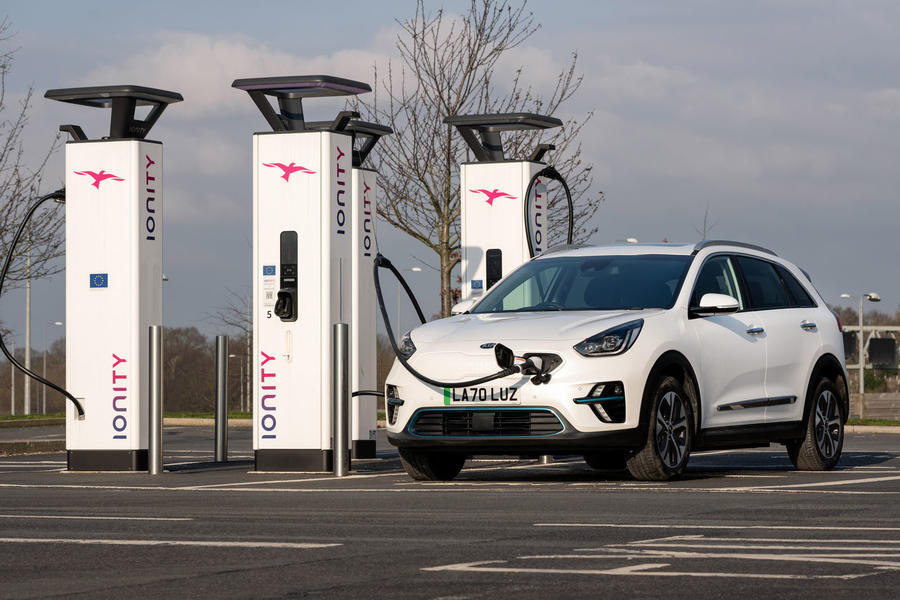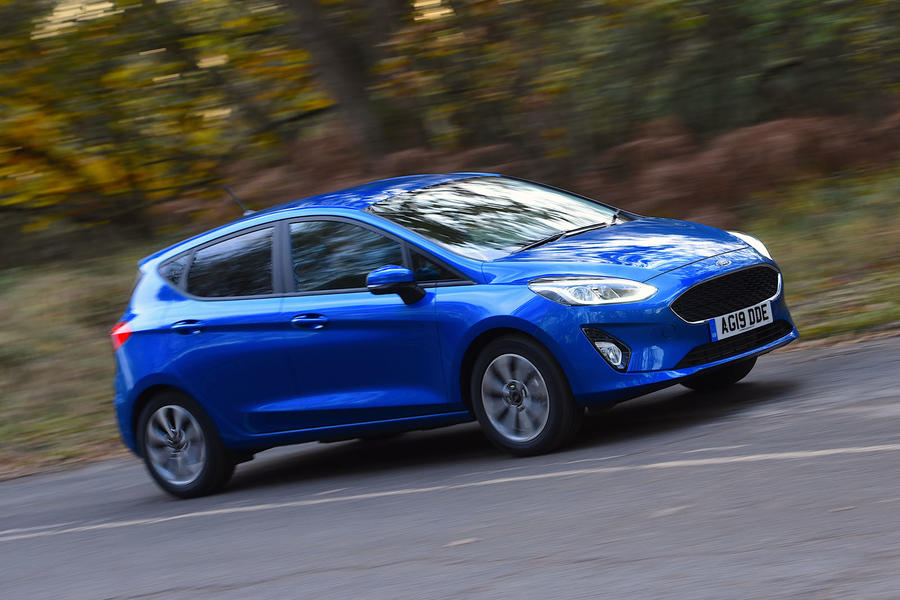Rising prices and threat of a recession are expected to hit demand for new cars over the coming years
New forecast by American analysts Auto Forecast Solutions suggests high interest rates will limit sales recovery
New-car sales in the UK won’t rebound to pre-Covid levels this decade, according to new data from market analyst Auto Forecast Solutions (AFS).
The firm has predicted that registrations this decade will peak at 2.1 million in 2029, following steady upward growth. That’s 200,000 fewer than in the last pre-Covid year, 2019, and almost 600,000 short of 2016’s record 2,692,786.
AFS vice-president Sam Fiorani explained to Autocar Business: “In the short term, the threat of a global recession is holding down the possibility of a quick rebound from the current Covid/semiconductor-driven slowdown in the automotive industry.
“Residual effects will hurt the industry, especially in developed regions like the UK, [the] EU and North America, through 2023 and possibly into 2024.
“[In the] longer term, the conversion to electric vehicles will dampen the market’s sales growth. More expensive electric vehicles will not replace traditional ICE models one for one over the next decade.
“Additionally, more reliable ICE vehicles are slowing the need for regular replacements, pushing the average age of vehicles on the road today to well above 12 years.
“Rising prices, due to recent parts shortages and the manufacturers’ concentration on higher-trim models, continues to push buyers into the pre-owned markets, which has until very recently propped up used-vehicle prices considerably.
“Specific to the UK, the market’s recovery from Brexit will be gradual and will not be helped by the new higher interest rates. With interest rates as low as they have been for as long as they have remained, it will take time for consumers and businesses to readjust to this new situation.
“These are among the main factors stifling growth in the region over the next few years.”

This contradicts forecasts published by the Society of Motor Manufacturers (SMMT), which represents the UK’s automotive industry, in June 2021.
The SMMT’s scenario for 2030, which assumes a moratorium on sales of new petrol- and diesel-engined cars from that year, predicts a market size of 2.3 million in 2030, on a par with 2019.
It should be noted that this was drawn up before the supply-chain crisis fully took hold of the industry, its scale being exacerbated by the war in Ukraine and a series of severe Covid lockdowns across China. This has further restricted the supply of new cars and pushed prices up.
The forecast was also made before the UK government’s Plug-in Car Grant (PiCG) was withdrawn and assumed the incentive would have remained until 2023.
The SMMT said in the forecast: “However, if the incentives for BEVs are removed, new tax systems are introduced which remove the attractiveness of BEVs and undermine consumer confidence, the cost of ownership does not fall as anticipated, or the infrastructure provision is not in place, then we anticipate very significant declines in BEV volumes, compared with our central scenario, and a much slower parc transition, with negative consequences for environmental ambitions and an adverse impact on the overall market (given the end of sale dates timescale).”
Currently, all of the hurdles described by the SMMT threaten the industry.
For one, the UK government will continue to scale back support for customers making the switch to EVs over the coming years.
This began with the sudden withdrawal of the PiCG in June 2022, its value having been cut three times in the two preceding years. The government cited those reductions’ minimal impact on sales of new electric cars as the reason for pulling the grant entirely, allowing a “shift in focus” to supporting the UK’s EV charging infrastructure.

This was followed by the November 2022 announcement that the tax system for electric cars will be overhauled from April 2025. EVs first registered between 1 April 2017 and 31 March 2025 will be charged the standard rate of £165 per year. The exemption from the expensive car supplement – which charges owners of cars costing more than £40,000 an additional £355 per year for five years – will also end.
Additionally, benefit-in-kind (BIK) tax on electric company cars will increase from 2% (in 2022/23) to 3%, then rise by 1% each following year up to 5% in 2027/28.
Edmund King, president of the AA, warned after the announcement that “increasing tax rates will slow the road to electrification”.
Mike Hawes, chief executive of the SMMT, said it would “penalise these new, more expensive vehicle technologies”.
Others in the industry were less alarmed by the changes. Nicholas Lyes, head of roads policy for the RAC said: “Vehicle Excise Duty rates are unlikely to be a defining reason for vehicle choice, so we don’t expect this tax change to have much of an effect on dampening the demand for electric vehicles, given the many other cost benefits of running one.”
The additional cost introduced by such changes is likely to be felt disproportionately by buyers at the lower end of the market. That lower end is critical to maintaining the overall market’s volume, the UK’s annual best-seller having been a B- or C-segment hatchback for the best part of the past 40 years.
The pandemic and the ensuing factory closures and parts shortages significantly hit such models’ affordability. One example is the Ford Fiesta, the UK’s best-selling car for 12 years on the bounce. Just before the pandemic, prices opened at £16,125 or £167 per month for an entry-level 1.1 75 Trend three-door model. Now, that has risen to £18,655 or £226pm – and the finance option is likely to become increasingly less favourable if interest rates rise as forecast.

Electrification threatens to further restrict value for money. The Renault Zoe, one of the cheapest electric superminis, currently starts at £29,995. That’s almost £10,000 more than the entry-level Fiesta and nearly double what it cost pre-pandemic. Finance is £299pm, £73 more.
Only one of the most affordable electric cars, the MG 4 EV, enjoys approximate price parity with a petrol equivalent. Just before the pandemic, the (at the time) entry-level Volkswagen Golf 1.5 TSI Life cost £23,885 or £245 per month. The same model now costs £2065 (or £40pm) more. An entry-level 4 now matches the Golf in cash, at £25,995, but slightly undercuts on finance, at £269pm.
Less costly, Chinese-built EVs could serve as a vital buoy for new-car sales volumes in the UK over the coming years, as the government appears set to force manufacturers to sell an increasing proportion of EVs.
Current proposals for the zero-emission vehicle (ZEV) mandate suggest that 22% of all new vehicles sold in the UK be electric from 2024, ramping up thereafter, hitting 52% by 2028 and 80% by 2030. Non-compliant manufacturers would face heavy fines.
However, the value for money offered by Chinese cars will be threatened by EU rules of origin around the content value of EVs. For EVs sold in the UK or EU, 60% of the battery pack’s content must be locally sourced from 2024, else face a tariff. Such protectionist tariffs would likely bring the price of any Chinese-built EV in line with or above that of European alternatives.
Moreover, analysts predict that EVs won’t reach price parity with ICE equivalents until 2025, this date having already been pushed back repeatedly.
Ultimately, this means that low-cost cars are under threat not just because of inflation and rising production costs – as explained by Fiorani – but also because of electrification and related legal mandates.
Source: Autocar
